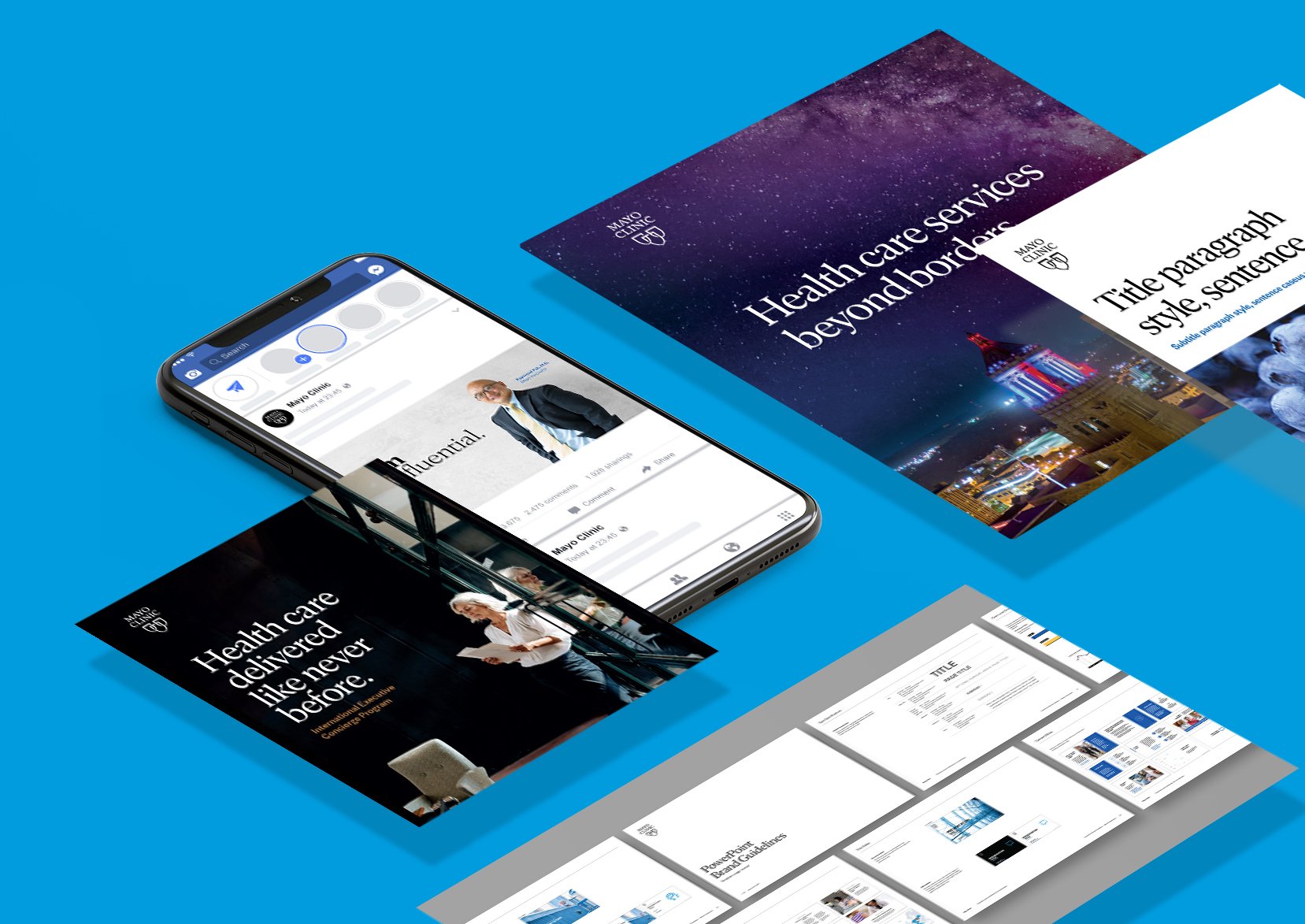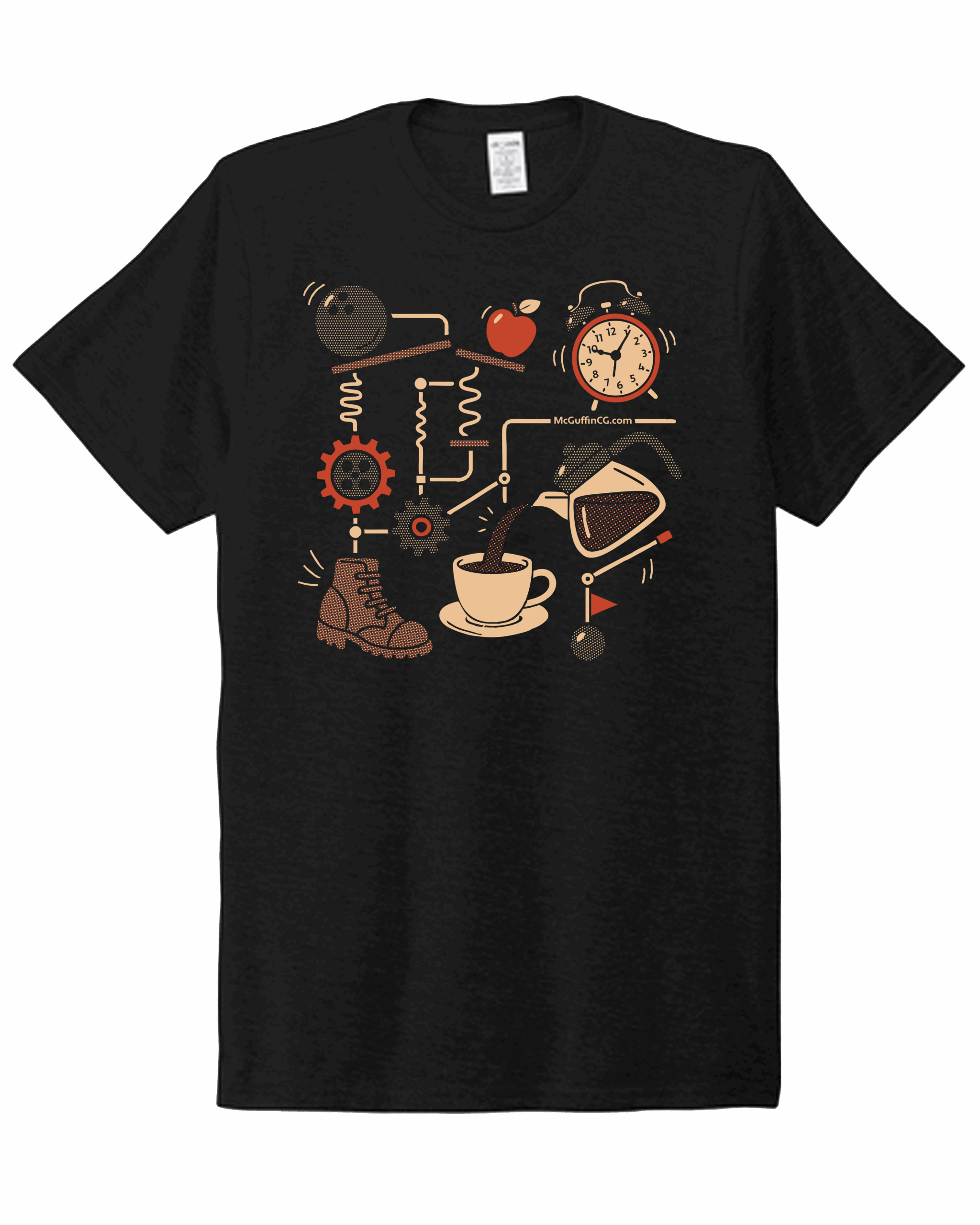Choosing the right logo during a rebrand

Put yourself in this scenario: your company’s brand identity is evolving and you’ve found yourself in the position of needing a new, refreshed logo. You reach out to a trusted creative partner and after exploration and agreeing on a design direction, you’re presented with a handful of newly designed logo options to choose from.
Deciding which option to choose is a daunting task. With multiple choices, how can you feel confident that you’re selecting the best one? Will it have longevity? Will it be well received by your audience?
At McGuffin, we have the fun, challenging and rewarding mission of creating logos for our clients to choose from. With 20 years of logo design experience, we’ve learned a lot of what works and what doesn’t. We’re here to help guide you through the task of choosing your new logo and moving forward with confidence.
Understand what may be holding you back
There are two main reasons why choosing a logo can feel overwhelming:
- Having multiple options can cause analysis paralysis and stress around choosing “the right” option.
- Logos are high stakes, meaning regret in your selection would require effort, time and money to resolve.
One of the challenging parts about choosing a logo is that it is neither solely a logistical nor creative decision. It takes the right balance of analytical thinking and creative ideation to reach a successful, lasting final product. The right first step is acknowledging that your left and right brain need to work together on this decision, and that you need to work with your stakeholders and colleagues.
Your path to choosing the right logo for your brand:
1. Define your criteria. Be clear about what you want (and don’t want). At the start of the logo process, we schedule a discovery call to discuss what logos you like from other companies in and outside of your industry and what aspects of them appeal to you. Defining your criteria upfront (in writing!) serves as a guiding framework for your creative team when designing logo options for you to review. It also serves as a constant reminder of your goals so that the end product not only looks good but accomplishes what you initially set out to do.
2. Eliminate. After reviewing all the logo options from your creative team, begin to cross off the ones that don’t fit with your criteria or how you view your brand. Once you’ve eliminated an option, you should consider it gone for good. It helps to physically remove it from view so you can focus your energy on the remaining options.
3. Compare. Now you have a few options left. At this point, you might feel stuck. As you and your team weigh your options, the most important question to ask yourself is: Do I find myself returning to one logo more than the others? If the answer is yes, then you can consider that logo your frontrunner. Compare each of the other logos to your frontrunner side-by-side and one at a time. Each time, choose the better of the two. Whichever is the losing option, consider it gone until you’ve reached your favorite solution.
4. Timeline. Let’s say you still can’t decide between a few options. The good news is that this uncertainty is cropping up because you have multiple perfectly acceptable options. So no matter which one you choose, you can rest assured that you’ll be satisfied with your decision.
But if you need more of a push, give yourself a deadline. It can be easy to become paralyzed in the face of multiple possibilities, but as a leader you’ve got to make a choice and move forward at the end of the day (or week, or month, or quarter).
Margie Warrell, a motivational speaker and author of You’ve Got This!: The Life Changing Power of Trusting Yourself says this about decision-making, “Instead of nonstop searching for the ever-elusive better option, give yourself a tight deadline to make the call, because too much time will only make the choice murkier.” Typically more thinking time won’t improve the quality of your selection. Set a deadline, start your countdown and stick to it.
5. Stress less. As hard as it might be, try to remove your emotions from the decision-making process. If you’re constantly thinking about future implications of your selection, you start mentally draining yourself by overanalyzing every step. Stay level-headed by returning to your criteria outlined in the beginning of the process and using it as a guide.
6. The paradox of other opinions. When we aren’t sure of the right decision, it’s natural for us to ask those around us for their opinions. To do this effectively, we suggest reaching out to a small group of five or fewer (ideally an odd number so you have a built-in tiebreaker). These people should be those you trust and who understand your business, values and criteria.
However, at the end of the day, the decision is yours to make. If you disagree with your outside advisors, you should feel confident in yourself that your preference is the right one for you. If you’re already working with a group of colleagues, try to keep it small and ensure that this trusted group has the power to make the final logo selection. There’s nothing worse than reaching what you think is the final decision, then having a senior leader share their two cents and disrupt the process.
7. Last resort. OK, so you’ve got it down to two choices. One last trick to try is flipping a coin. It’s a classic tiebreaker with a twist: you’re not actually letting fate decide. Instead, you’re letting it guide you to what you already know. If heads tells you to select logo A and you realize you feel disappointed by that result, then your true feelings have been revealed to you. Logo B was your winner all along.
In the journey of selecting the ideal logo for your business, it’s natural to feel a mix of excitement and uncertainty. Establishing a solid set of criteria and employing our tips will ultimately lead you to the logo that truly represents your brand’s vision.







